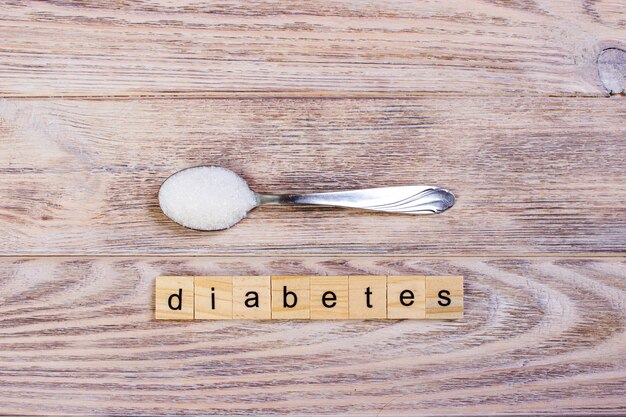Are Bananas a Smart Choice for Diabetics?
Navigating dietary choices can be challenging for those managing diabetes. One common query is whether bananas are a safe fruit to include in a diabetic diet. Bananas, with their sweet taste and nutritional benefits, can either seem tempting or forbidden, depending on who you ask. The key is understanding how this tropical fruit impacts blood sugar levels and overall health.
Nutritional Profile of Bananas
Bananas are known for being rich in potassium, an essential mineral that supports heart health and regulates blood pressure. They also provide vitamin C, vitamin B6, and dietary fiber, all contributing to a well-rounded fruit choice. However, for diabetics, the carbohydrate content is crucial to monitor.
Impact on Blood Sugar
Carbohydrates in bananas are broken down into glucose, affecting blood sugar levels. A medium banana contains about 27 grams of carbs, not an insignificant amount. Despite this, bananas have a medium glycemic index (GI), which means they have a moderate impact on blood sugar when compared to high-GI foods like white bread. This makes portion control essential. Pairing bananas with foods high in fiber or healthy fats can further moderate blood sugar spikes.
For example:
- Slice half a banana over a bowl of oatmeal.
- Pair banana slices with a tablespoon of peanut butter.
- Add banana slices to Greek yogurt for a balanced meal.
Benefits of Bananas for Diabetics
- Fiber Content: The fiber in bananas can slow digestion and reduce blood sugar spikes after meals.
- Heart Health: The potassium in bananas supports heart function and helps manage blood pressure, a common concern for diabetics.
Eating Bananas Wisely
Balancing your carbohydrate intake throughout the day allows you to enjoy small portions of bananas without impacting your blood sugar levels dramatically. Always consult with a healthcare provider or nutritionist to tailor a plan that suits your individual needs.
Considerations Beyond Diet
Managing diabetes isn’t just about watching carbs. It's a comprehensive approach that includes medical consultation and potentially financial planning. Here’s how you can enhance your health management:
- Monitor Blood Sugar: Regular testing helps keep track of what foods affect your levels and how.
- Seek Support Programs: If managing diabetes feels financially burdensome, several programs can help ease the pressure.
Financial and Educational Assistance
Navigating the economic burden of diabetes is a real concern. Fortunately, several programs and initiatives can offer relief and support:
- 💰 Government Aid Programs: Explore if you qualify for Medicaid or Medicare for medical expenses.
- 📘 Educational Grants: Programs like Pell Grants can support continued education without exacerbating financial strain.
- 🏠 Housing Assistance: HUD programs often offer housing assistance for those who need it most.
- 🛒 Nutritional Support: SNAP benefits can help afford healthier food options.
- 💳 Credit Solutions: Look into credit counseling services for debt management plans and financial stability.
By understanding the role of bananas in a diabetic diet and exploring financial support avenues, managing diabetes can become a more balanced, informed, and less stressful endeavor.
